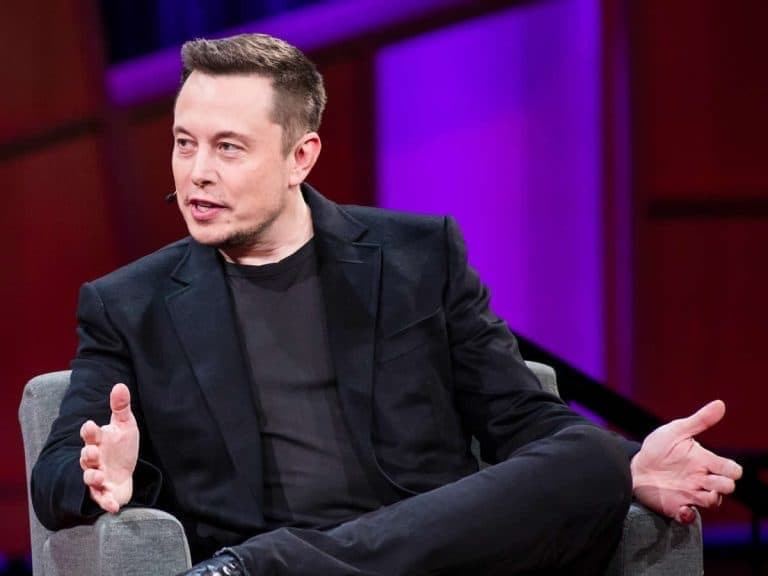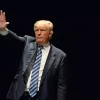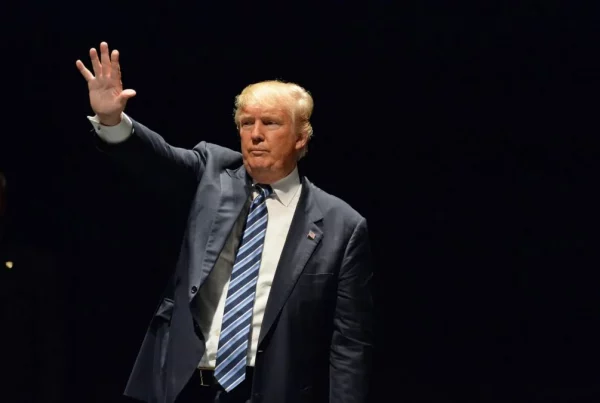In the wake of Elon Musk’s groundbreaking announcement about his new artificial intelligence (AI) company, designed to rival the remarkable growth of OpenAI’s chatbot ChatGPT, AI-related cryptocurrencies experienced a noteworthy surge in value within a 24-hour span.
This unexpected development has captured the attention of investors and industry enthusiasts alike, igniting fresh excitement in the intersection of artificial intelligence and digital currencies.
Among the top 10 AI crypto tokens by market cap, those that witnessed robust returns on the news of a ChatGPT competitor launch include The Graph (GRT), Fetch.ai (FET), Quant (QNT), and SingularityNET (AGIX), among others. Moreover, all of the listed tokens are in the green on weekly charts as well.
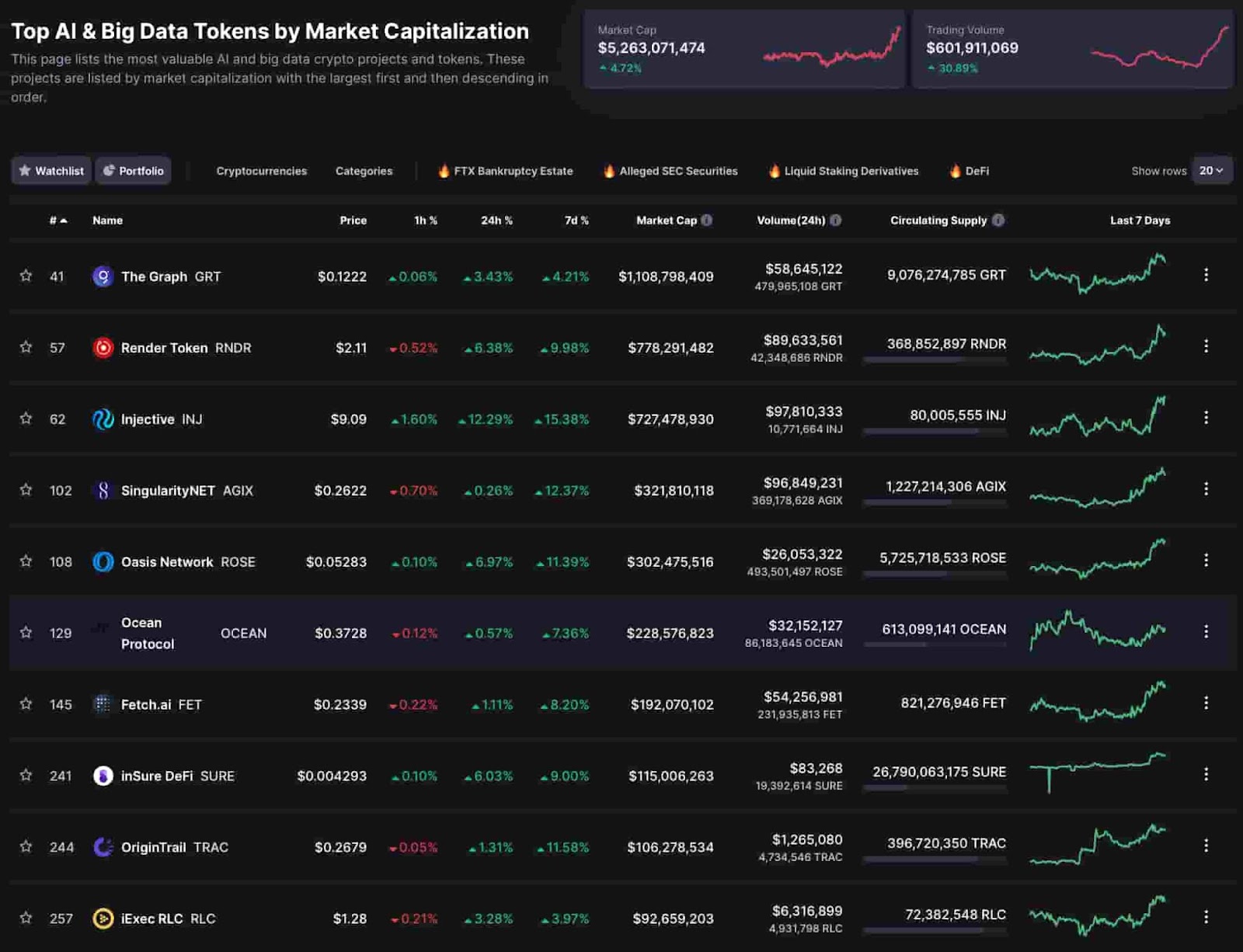
Covalent (CQT) rallies 6.5%
Although it is not one of the top 10 biggest AI cryptocurrencies, Covalent (CQT) also saw strong gains over the past 24 hours.
At the time of writing, CQT was changing hands at $0.11, up 6.46% on the day.
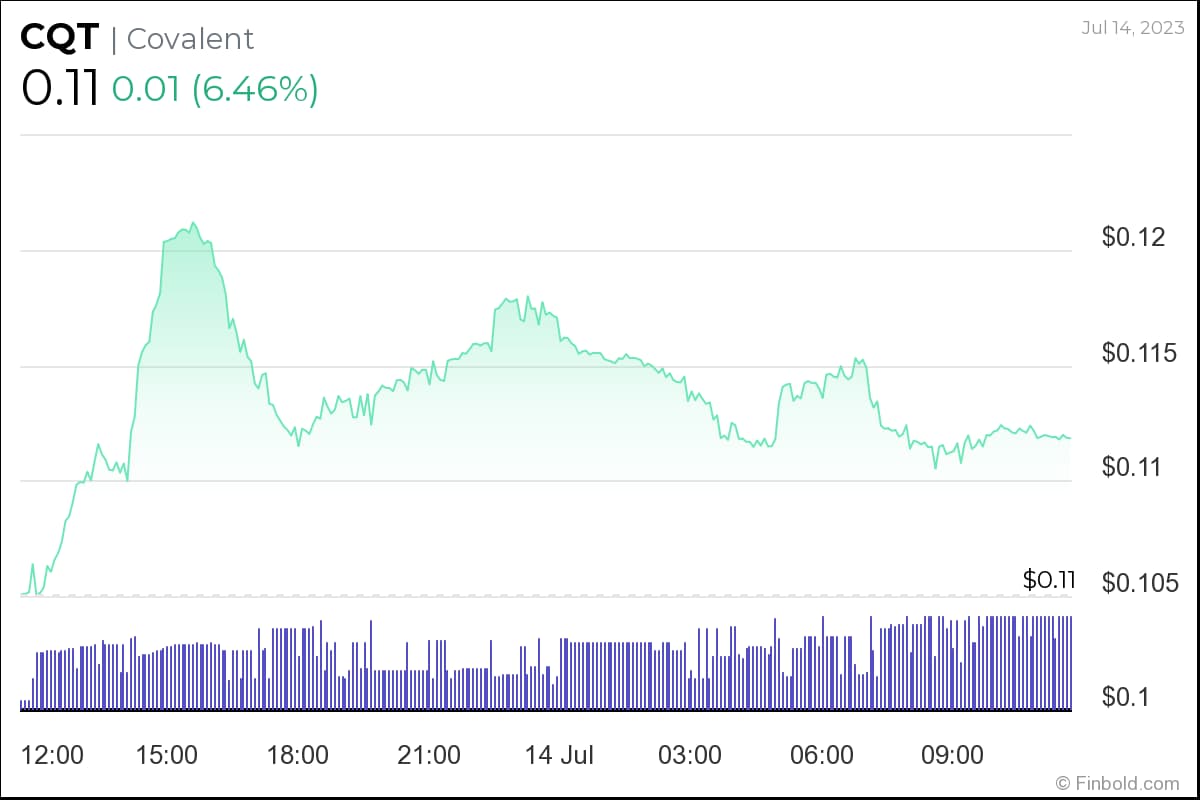
The crypto token also performed well on a weekly chart, surging over 11% during that period.
Meanwhile, GRT, FET, QNT, and AGIX, also saw notable returns on the day, climbing 3.4%, 1.1%, 3.1%, and 0.2%, respectively.
What triggered the AI crypto rally?
AI cryptocurrencies embarked on an upward trajectory after Tesla (NASDAQ: TSLA) and Twitter boss Elon Musk launched its much-anticipated AI startup, xAI.
The new company, which was built to compete with the generative AI sensation ChatGPT, will operate as a separate entity from Musk’s tech business, X Corp.
According to Musk, the reason behind the xAI rollout is “to understand the true nature of the universe.”
The team behind the newly-formed startup includes former employees from some of the biggest tech giants, including Google (NASDAQ: GOOGL), Microsoft (NASDAQ: MSFT), Tesla, DeepMind, OpenAI, and the University of Toronto, according to the company’s official website.
Additionally, xAI hired Dan Hendrycks as the company advisor, who also serves as the director of the Center for AI Safety.
